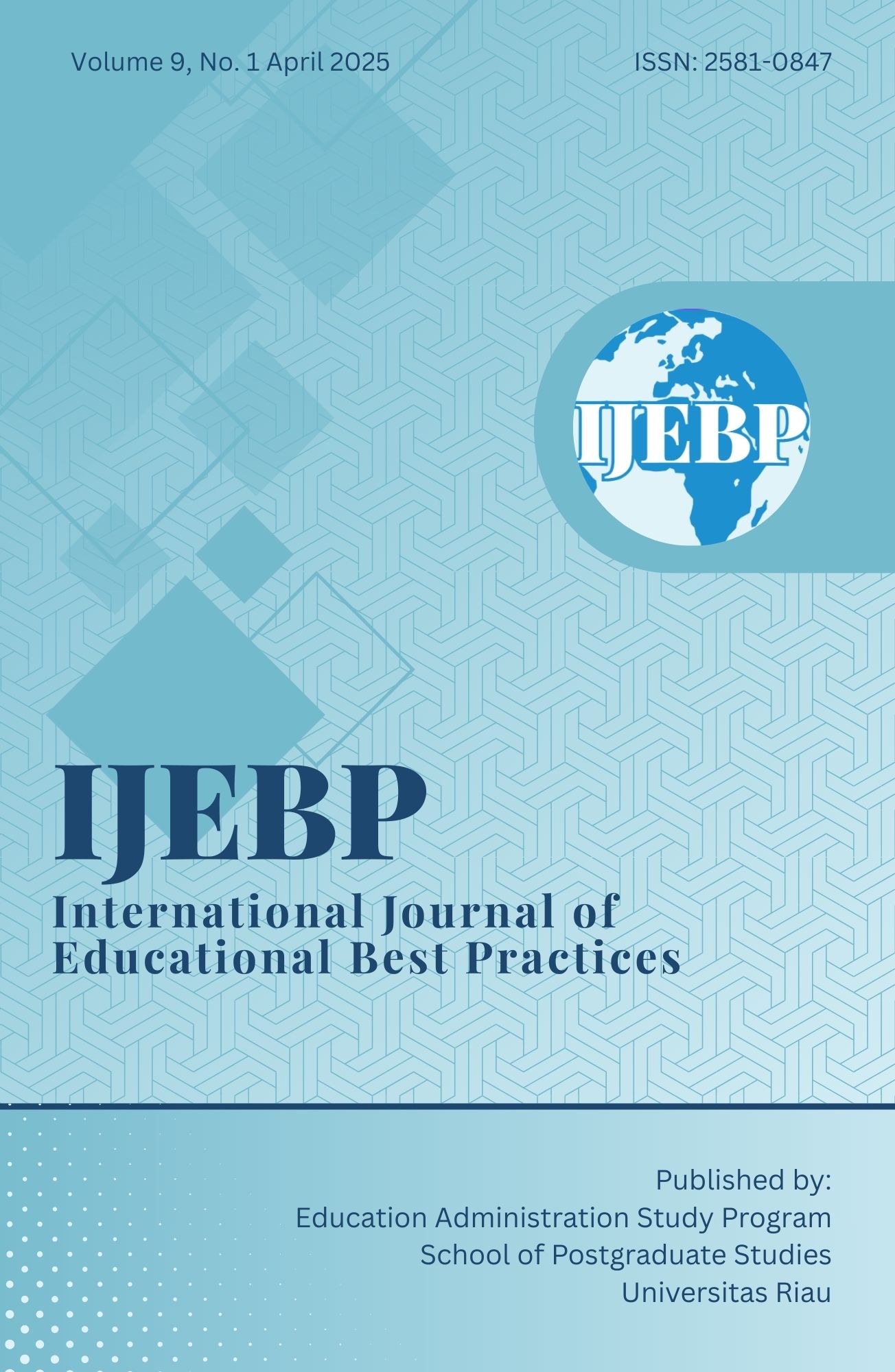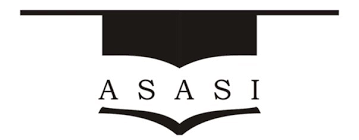VIRTUAL LABORATORY’S EFFECTIVENESS ON GRADE 11 LEARNERS’ ACADEMIC PERFORMANCE TOWARDS LEARNING ACID-BASE REACTIONS
DOI:
https://doi.org/10.31258/ijebp.9.1.42-57Keywords:
Virtual laboratory, acid-base reactions, academic performance, learners' attAbstract
This study investigated the effectiveness of virtual laboratories on Grade 11 learners’ academic performance in learning acid-base reactions. A titration model was developed using the Scratch programming platform to simulate neutralisation reactions and facilitate related calculations. Employing a mixed-methods approach, the study collected qualitative data through interviews and non-participant observations, while quantitative data were obtained via a Likert scale questionnaire and pre- and post-tests. The Solomon four-group design was adopted as part of a convergence triangulation model. A total of 408 learners from four secondary schools participated in the study. Qualitative data were analysed using thematic analysis and the Mann–Whitney U test, while quantitative data were analysed using the Friedman test. Thematic findings revealed that learners found the Scratch-based learning experience engaging and interactive, particularly due to its multisensory approach that incorporated both visual and auditory modalities. Post-test results indicated that learners in the Scratch-based group outperformed their peers who were taught using PowerPoint presentations. The findings suggest that virtual laboratories designed through Scratch can significantly enhance conceptual understanding and academic performance in acid-base chemistry.
References
Achuthan, K., Diwakar, S., Kurmar, D., Nizar, N., Nair, B., Radhamani, R., and Sasidharakurup, H., (2015). Virtual laboratories as interactive textbooks: Studies on blended learning in Biotechnology classrooms. Endorsed Transaction on E-learning. 4, 203-233. https://doi.org/10.4108/el.2.6.e4
Amagai, S., Cordon, A., and Liu, D. (2001). Development and evaluation of virtual laboratories and other interactive learning tools. Biochemistry and molecular Biology Education, 2 (9) 163-164. https://doi.org/10.1111/j.1539-3429.2001.tb00108.x
Andrew, Q., Leung, E. M., and Nicolas., M. (2022). Exploring the viability and role of virtual laboratories in chemistry education using two original modules. Journal of Chemical Education, 99(4) 1596-1603. https://doi.org/10.1021/acs.jchemed.1c00892
Armoni, M., Meerbaum, S. O., and Mordechai, A. (2015) From scratch to real programming. ACM transactions on Computer education, 14(4) 1-15. https://doi.org/10.1145/2677087
Ary, M. L., Jacobs,C., Christine, K., and Sorensen A., (2010). Introduction to Research in Education. 8th Ed. Canada; Wadsworthy publisher. https://www.amazon.com
Brookes, D.T., Gladding, G.,Mestre,J.,P., and Stelzer, T. (2009). Comparing the efficacy of multimedia modules with traditional textbooks for learning introductory physics content. Journal of Physics, 7(7), 184-200. https://doi.org/10.1119/1.3028204
Callaghan, K., Deslauriers, L., Kestin, G., Miller, K., and McCarty, L. S, (2010). Comparing the effectiveness of online versus live lecture demonstrations, Phys. Rev. Phys. Educ. Res, 16(4), 131-161. https://doi.org/10.1103/PhysRevPhysEducRes.16.013101
Campbell, D. T., and Stanley, J. C., (1963) Experimental and Quasi-Experimental Designs for Research. London: Wadsworth. https://iaes.cgiar.org
Coffield, F., Moseley, D., Hall, E., and Ecclestone, K., (2004). Learning styles and pedagogy in post-16 learning. Learning Skills and Research Centre. 4(6), 41-62. https://www.scirp.org/reference/referencespapers?referenceid=589604
Curriculum Development Centre (2013). Chemistry Syllabus: Grades 10-12, Lusaka: Zambia Educational Publishing House. https://core.ac.uk/reader/197300220
Dede, C., Ketelhut, D. J., Whitehouse, P., Breit, L., and McCloskey, E. M. (2009) A research agenda for online teacher professional development. Journal of Teacher Education, 60(1), 8-19. https://doi.org/10.1177/0022487108327554
Examination Council of Zambia (2023). School Certificate (Grade 12) Examination Results Highlights. Lusaka: ECZ https://www.edu.gov.zm/?p=5515
Flan, N., Garcia, G., and Serrano, P. (2023) Traditional Vs Virtual Laboratories in Healthy Sciences Education. Journal of Biological Education, 57(1) 36-50. https://doi.org/10.1080/00219266.2021.1877776
Garry, L., and Donald A. T., (2017). Inorganic chemistry. Prentice hall: Minesota
Herraez, A. (2022) Virtual laboratories as a tool to support learning. Journal of Biochemistry. 4(1), 30-49. https://doi.org/10.1515/tjb-20190146
Lewis, P., Thornhill, A., and Saunders, M., (2012). Research Methods for Business Students. Pearson Education Ltd: Harlow Publishers.
Mayer, R. E. (2009). Multimedia Learning (2nd ed.). London: Cambridge University Press. https://doi.org/10.1017/CBO9780511811678
Ministry of General Education., (2019). Standards of Practice for the Teaching Profession in Zambia, Lusaka:Ministry of General Education.
Solomon Four-Group Design. (2018). The SAGE Encyclopedia of Educational Research, Measurement, and Evaluation. SAGE Publications, Inc. https://doi.org/10.4135/9781506326139.n645
Spernjak, A., and Surgo, A., (2018). Differences in acquired knowledge and attitudes achieved with traditional, computer supported and virtual laboratory. Journal of Biological Education. 52(2) 206-220. https://doi.org/10.1080/00219266.2017.1298532
Willingham, D., (2005). Do visual, auditory, and kinesthetic learners need visual, auditory, and kinesthetic instruction? American Educator, 5(3), 67-90. https://doi.org/10.5296/jse.v2i1.1007





